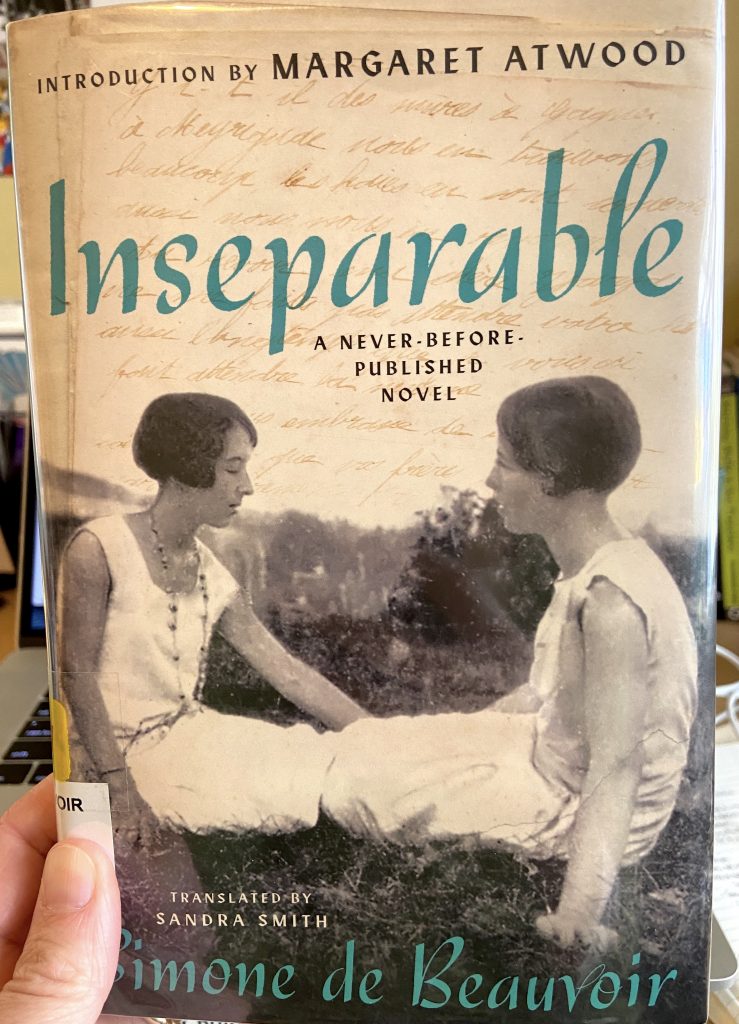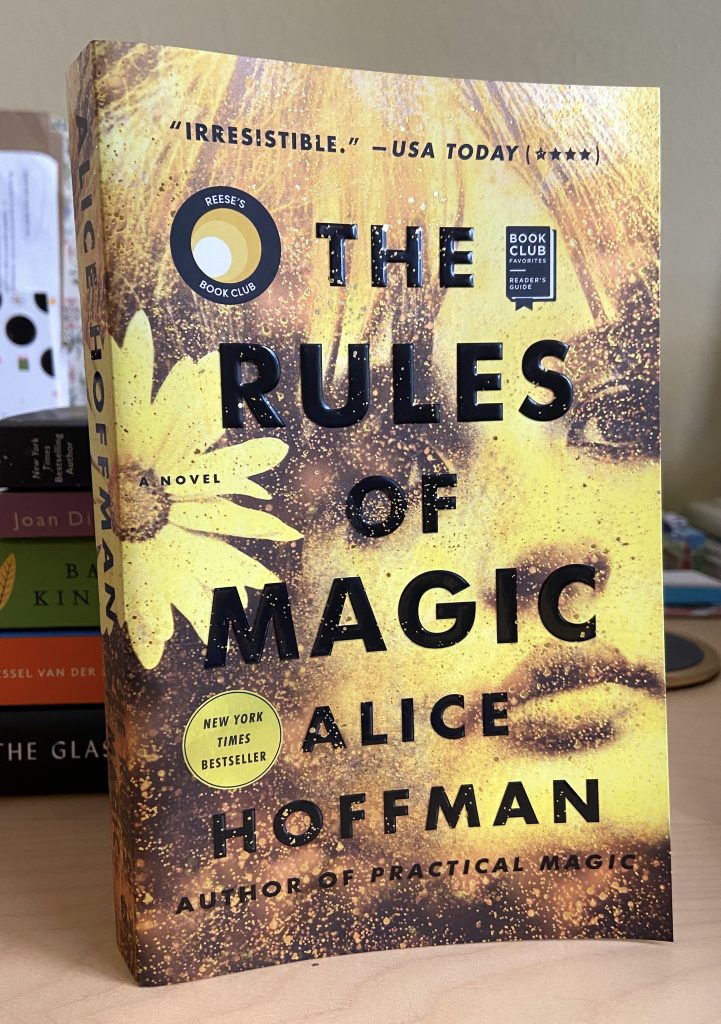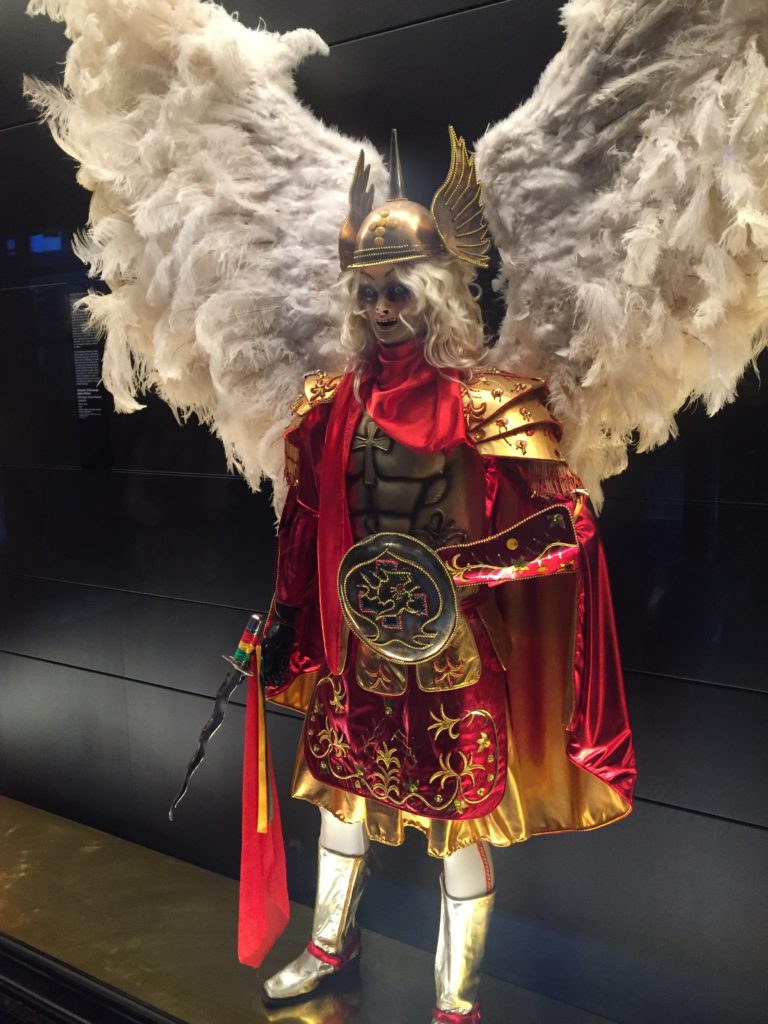Inseparable is a novella – 128 pages – about love. Andrée’s story is told from Sylvie’s perspective. Andrée and Sylvie are two middle-school-ish aged girls when they meet in WWII Paris. (The war itself is incidental, and the story covers their lives until they are through university.) Sylvie falls in love with Andrée, but it’s a girl crush kind of love, or maybe puppy love would be the best way to describe it. Andrée doesn’t realize the depth of Sylvie’s feelings, in part because she is so enmeshed into her family and mother. They will always come first for Andrée.
When they are older – in university – Sylvie meets Pascal, with whom she is great friends. Sylvie introduces Pascal to Andrée, and the two of them fall in love. (Sylvie is not outrightly jealous of this, but it’s deeply unclear to me if that’s really the case. She does seem to be genuinely happy for them.) At the end of university, things get complicated. Andrée’s family comes first, right? But they’re very bourgeois and Catholic and straight-laced. Andrée had had to fight to even go to university in the first place. Marriages were arranged by families and had nothing to do with love. Pascal’s family was not in Andrée’s family’s social circle, and romantic relationships outside of marriage are unheard of. Andrée’s family gives her an ultimatum: she can stay in Paris and become engaged to Pascal (a thing he does not want) or she can continue her studies in Cambridge (a place she very much does not want to go). It doesn’t end well.
Because this is de Beauvoir and she is concerned with existentialism, thinking about Inseparable even a little bit raises all kinds of questions about the nature of love. One half of a couple always seems to be more in love than the other – what does that mean for relationships? Was Sylvie in romantic love with Andrée? (Yes.) Did that matter? (Not really.) What is the boundary between friendship and romance? Is Andrée really in love with Pascal or does she just see him as an escape from her strict family (whom she loves but she does not fit in with)? Is Pascal a heel? How desperate is Andrée?
I really liked Inseparable and would recommend it to anyone.






















